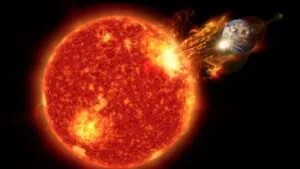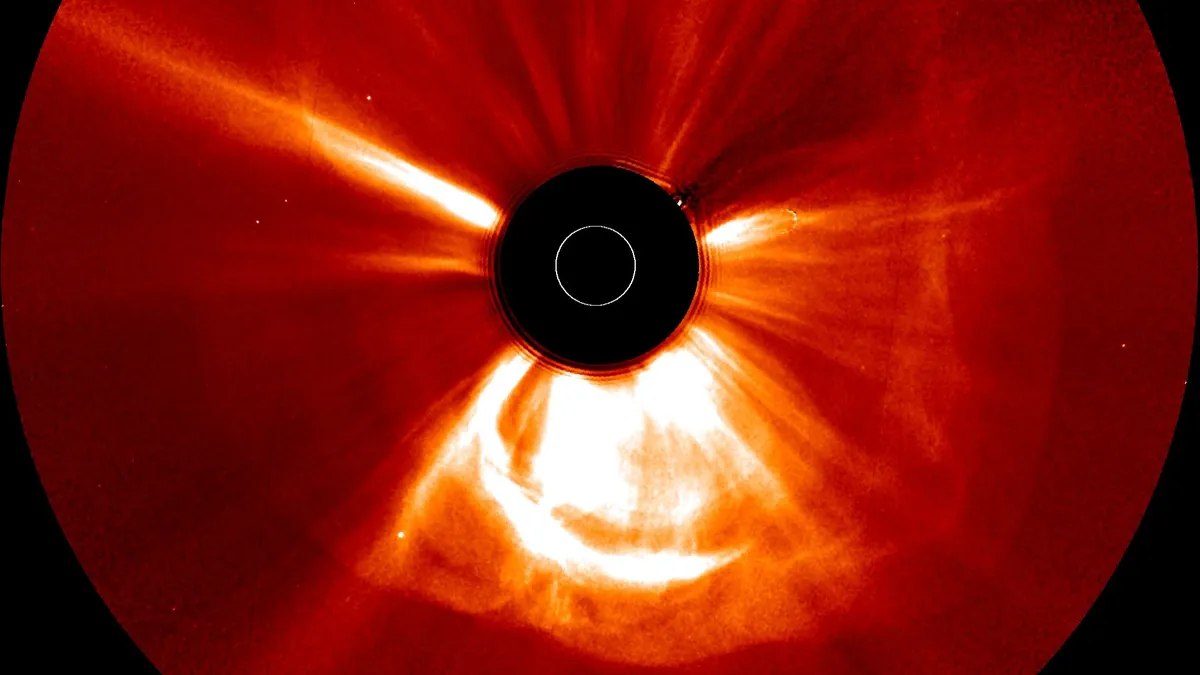Subscribe to our Telegram channel

NASA scientists recreated one of the largest solar storms ever observed in space
NASA has released a visualization of one of the largest solar storms ever recorded in space, a coronal mass ejection (CME) that occurred on July 23, 2012, and nearly hit the Earth. The event is classified as a Carrington class event, referring to the most powerful geomagnetic storm in history, which occurred in 1859.
In July-August 2012, the Sun ejected a series of CMEs. The four previous emissions, according to scientists, cleared the interplanetary plasma, creating a «corridor» for the main impact. The July 23 ejection was accompanied by an X2.5 class flare and traveled at a speed of about 2,000 km/s. It reached the STEREO-A spacecraft, but if the Earth had been nine days ahead in orbit, the consequences would have been catastrophic.
It is estimated that the impact of such a CME could have caused global outages in power grids, communications, and satellite systems, with economic losses of hundreds of billions of dollars. Of particular concern is the fact that the event occurred during the relatively weak 24th solar cycle, which suggests that such phenomena may be more common than thought.
NASA’s visualization shows how that summer’s CME series propagated through the inner solar system, covering the orbits of planets and reaching space weather monitoring zones.
The story of 2012 reminds us that even with moderate solar activity, there is a risk of extreme space weather events that can seriously affect the planet’s technological infrastructure.


